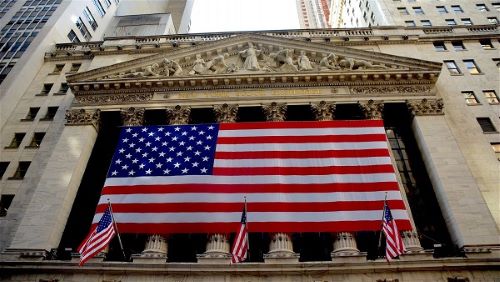As the United States economy tiptoes towards stability, Federal Reserve officials find themselves navigating treacherous waters of ambiguity. Despite concerted efforts to guide the economy towards a soft landing, conflicting signals and crosscurrents continue to buffet policymakers. This leaves them hesitant to make decisive moves.
Caution Amidst Contradictions
The Federal Reserve has refrained from initiating interest rate cuts. They cite lingering doubts about the sustainability of inflation’s path toward the central bank’s 2% annual target. This caution is underscored by the cacophony of mixed signals emanating from various economic indicators. This discord has only intensified in recent months.
“Federal Reserve’s cautious stance on interest rates reflects concerns about inflation sustainability amid economic indicator uncertainty,” according to Bloomberg Subscription.
Divided Data: Jobs Market
One particular source of contention lies in the Bureau of Labor Statistics’ monthly jobs report. It comprises two surveys—the household survey and the establishment survey. In February, the household survey registered a decline of 184,000 jobs, marking the third consecutive month of contraction. Conversely, the establishment survey paints a rosier picture, reporting an average monthly gain of 231,000 jobs over the past six months.
Complexities in Payroll Growth
The discrepancies extend to the calculation of payroll growth, where the Bureau employs a statistical model known as the birth-death model to estimate net job creation. Concerns arise as approximately half of the recent payroll growth stems from this model rather than the survey itself. This phenomenon is attributed to diminished employer response rates following the Covid-19 pandemic.
Divergent Inflation Metrics
Moreover, the divergence extends to inflation metrics. The consumer price index (CPI) and the Fed’s preferred inflation gauge, the personal consumption expenditures (PCE) price index, paint contrasting pictures. While headline CPI stood at 3.1% year-over-year in January, it raised questions about the accuracy of inflation forecasts. The latest PCE index reading was 2.4%, complicating monetary policy decisions.
Navigating Volatility
Diane Swonk, Chief Economist at KPMG, underscores the challenge of navigating the United States economy, likening it to a game of “whack-a-mole” where fluctuating goods prices and rising service sector prices create a volatile landscape for policymakers.
Balancing Act Ahead
As uncertainty looms large, the Federal Reserve faces the delicate task of charting a course that balances the need for economic stimulus with the risk of overheating and runaway inflation. In this high-stakes game, the line between art and science in monetary policy becomes increasingly blurred. This underscores the formidable challenges ahead for policymakers grappling with an economy awash in contradictory signals.
Subscribe now for a two-year WSJ Print Edition, plus digital access on iPhone, Android, and PC. Stay informed on finance, politics, and more. Sign up today and save up to 70%.
For more information, please contact the following telephone number:
WSJ Phone Number: (800) 581-3716

